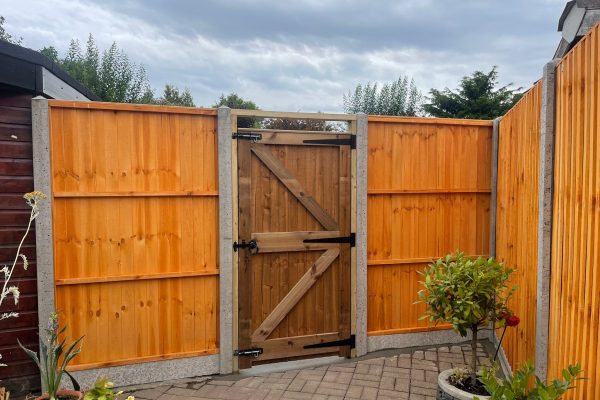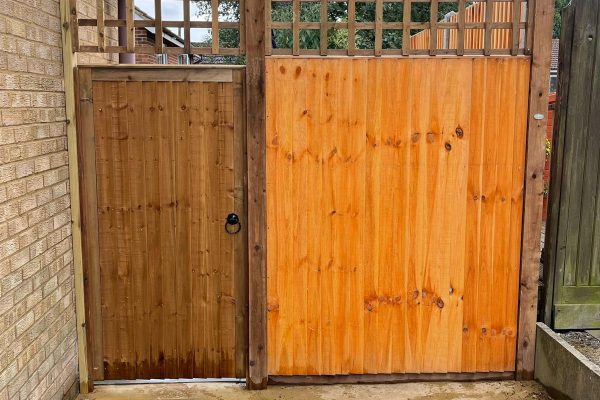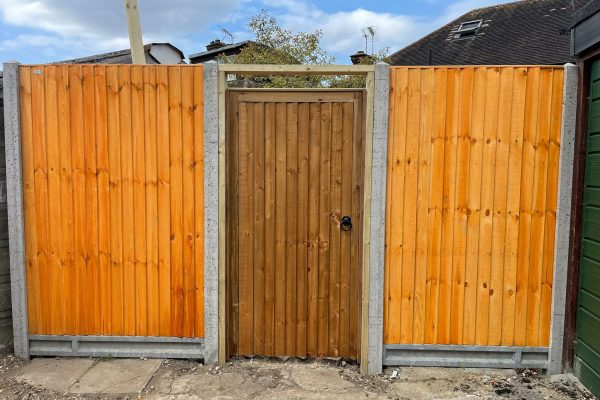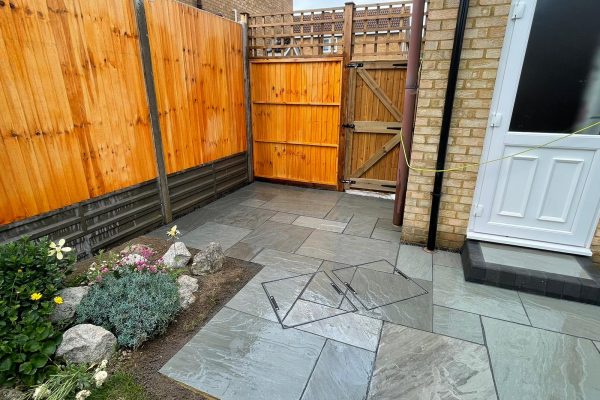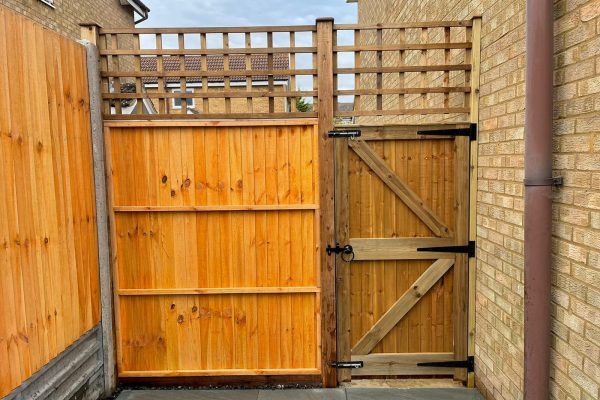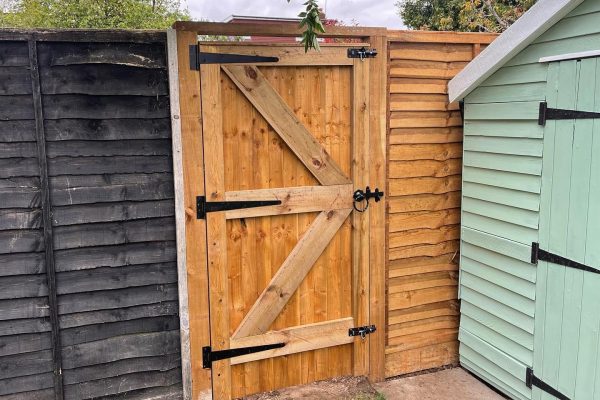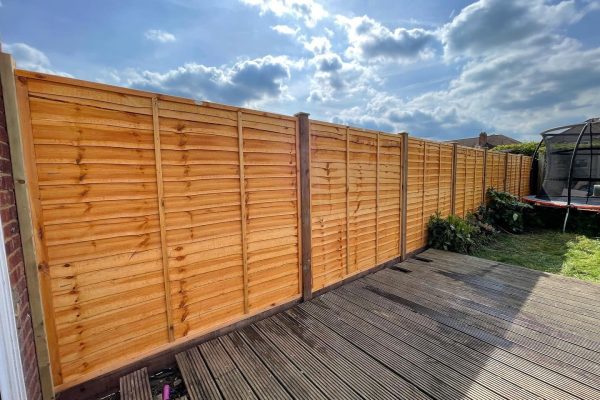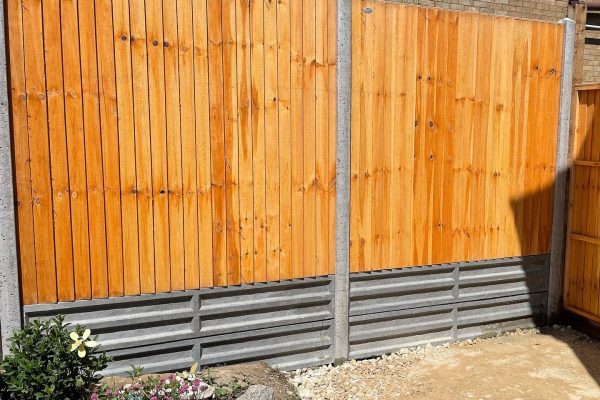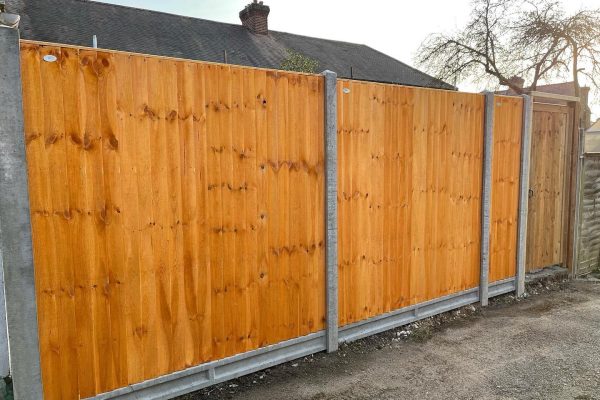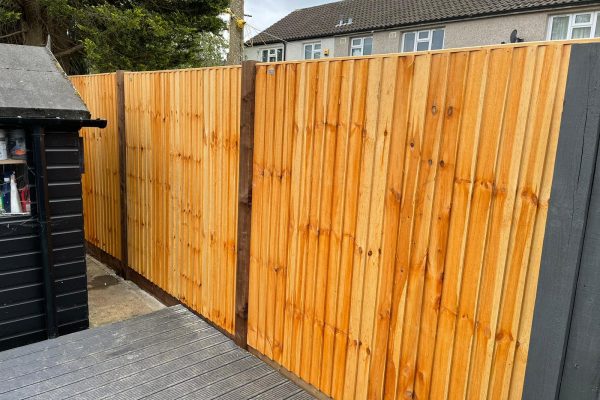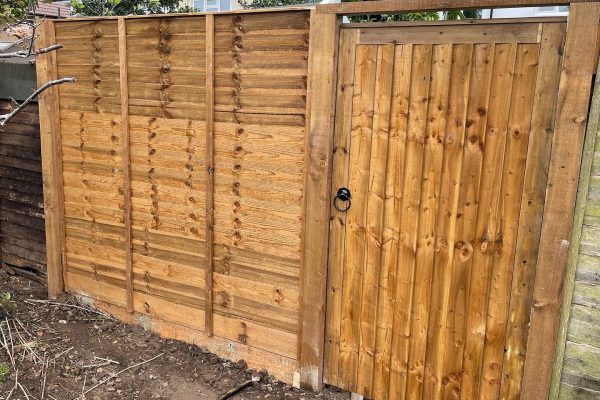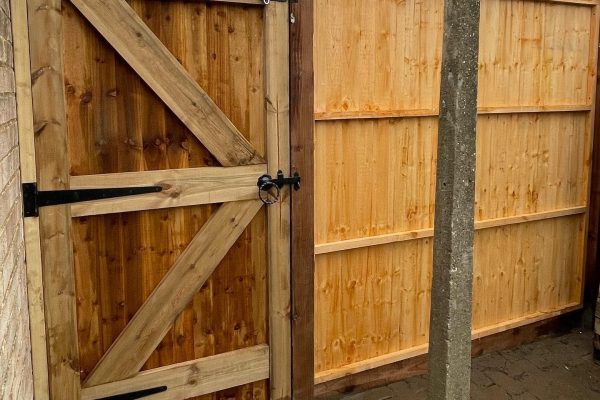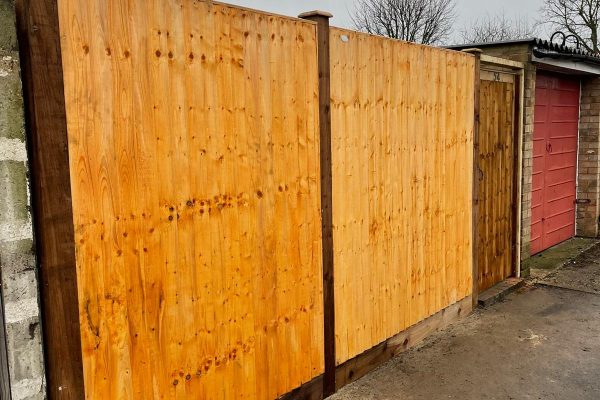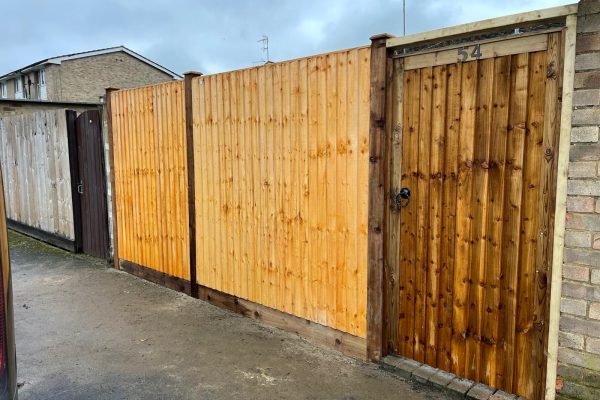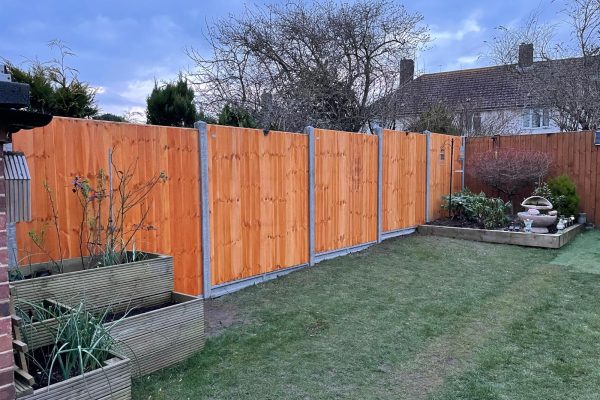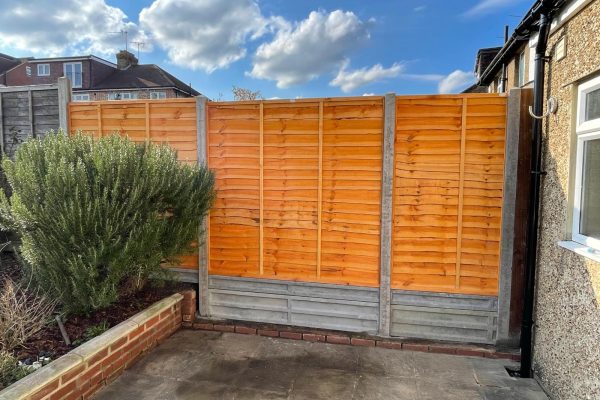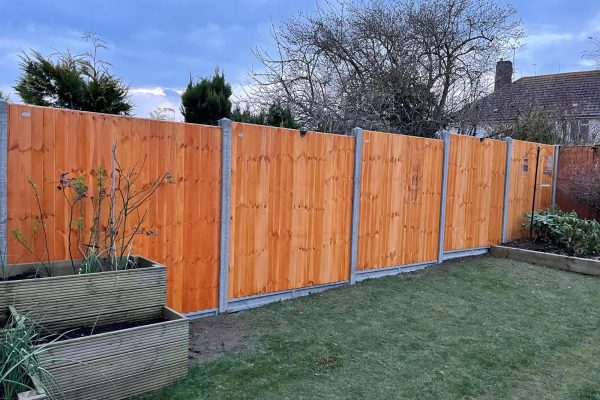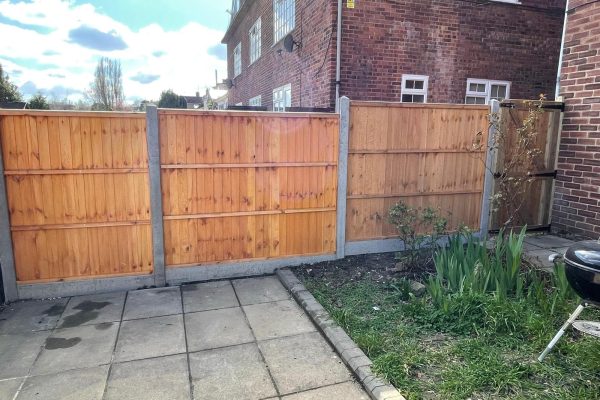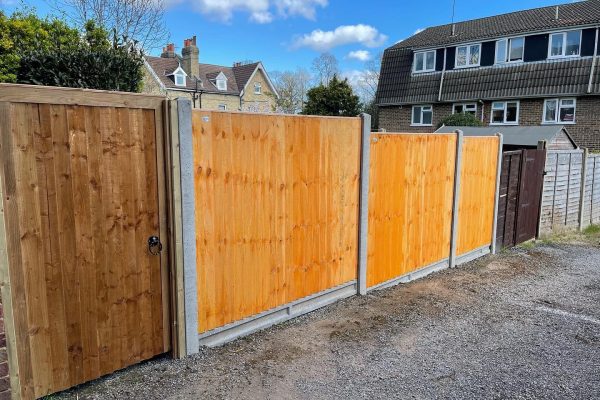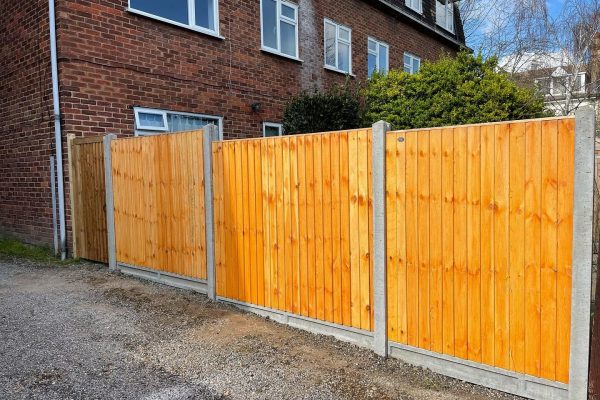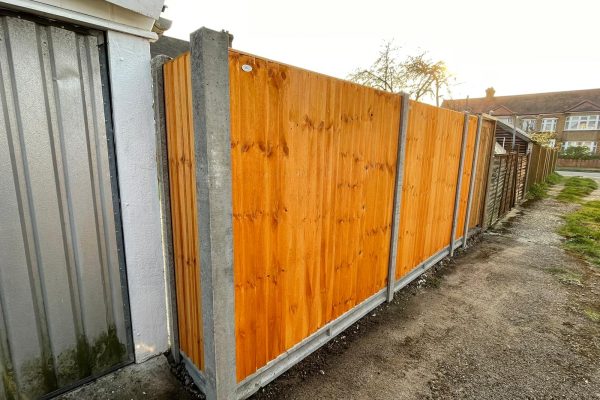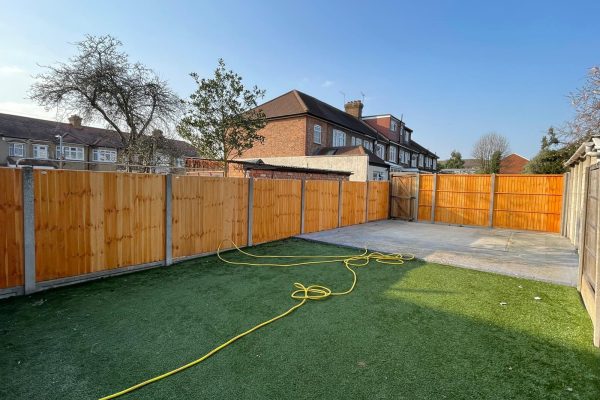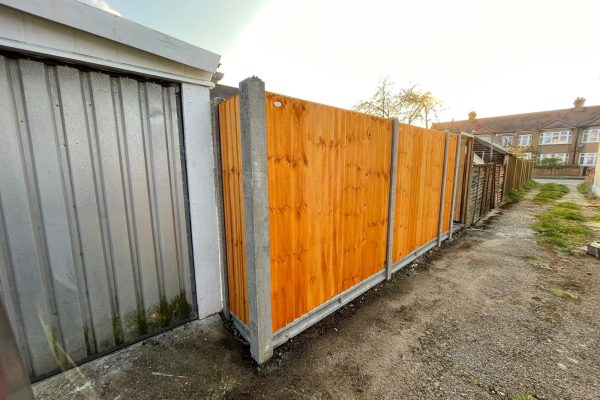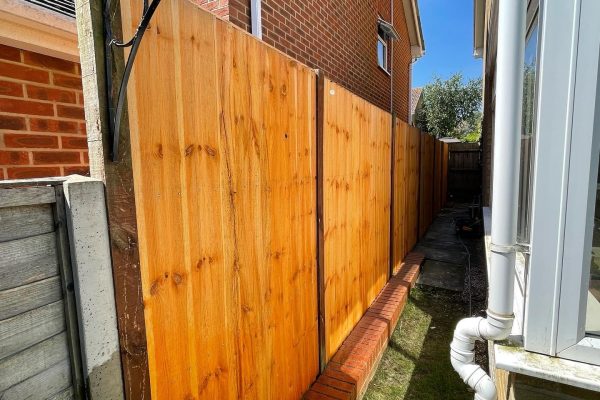Adding fences and gates to your property not only enhances its aesthetic appeal but also provides security, privacy, and delineates your property boundaries. Whether you’re looking to install a new fence or upgrade an existing one, this comprehensive guide will take you through the essential steps and considerations for fitting fences and gates.
Planning and Design: Before diving into any installation, it’s crucial to plan and design your fence and gate project thoroughly. Consider the purpose of the fence – whether it’s for security, privacy, keeping pets in, or simply adding visual appeal. Evaluate your property’s layout, including dimensions, contours, and obstacles like trees or rocks.
You should also take into account local building codes and homeowners’ association regulations, as some areas may have specific guidelines regarding fence height, materials, and placement.
Choosing the Right Materials: Selecting the appropriate materials for your fence and gate is essential for both functionality and aesthetics. Common fencing materials include:
Wood: Traditional and versatile, wood fences provide a timeless look and come in various styles like picket, privacy, and post-and-rail.
Vinyl: Low maintenance and resistant to rot, vinyl fences are an excellent alternative to wood.
Metal: Durable and secure, metal fences can be ornamental (wrought iron) or utilitarian (chain-link).
Composite: Made from a combination of materials, composite fences offer the look of wood with increased durability.
Each material has its pros and cons, so weigh your options based on your preferences, budget, and the climate in your area.

